A relatively rare and heavily customized Ford Econoline van, which previously served as a command and control vehicle for U.S. presidential motorcades, a topic you can read about more in detail in this past War Zone feature, has emerged for sale online. If you’re in the market to buy your own mobile command center, or a heavy-duty vehicle with lots of extra electrical power for some other purpose, this may be exactly what you’re looking for.
A seller in Estes Park, Colorado, situated some 50 miles northwest of Denver first listed the van, which is based specifically on the Ford E350 model, on Craigslist on Mar. 7, 2020. From the pictures provided, the vehicle, which has 31,000 miles on it, is very clearly one of a number of these vans that the White House Communications Agency acquired in the early 1990s to act as “Roadrunners.” This the term the U.S. Secret Service uses to describe vehicles that provide essential command, control, and communications support when the President of the United States and their entourage is on the move.
The seller does not say how or where they acquired the van, but they say they are the first civilian owner. The present asking price is $31,000 and they’re only accepting cash offers.
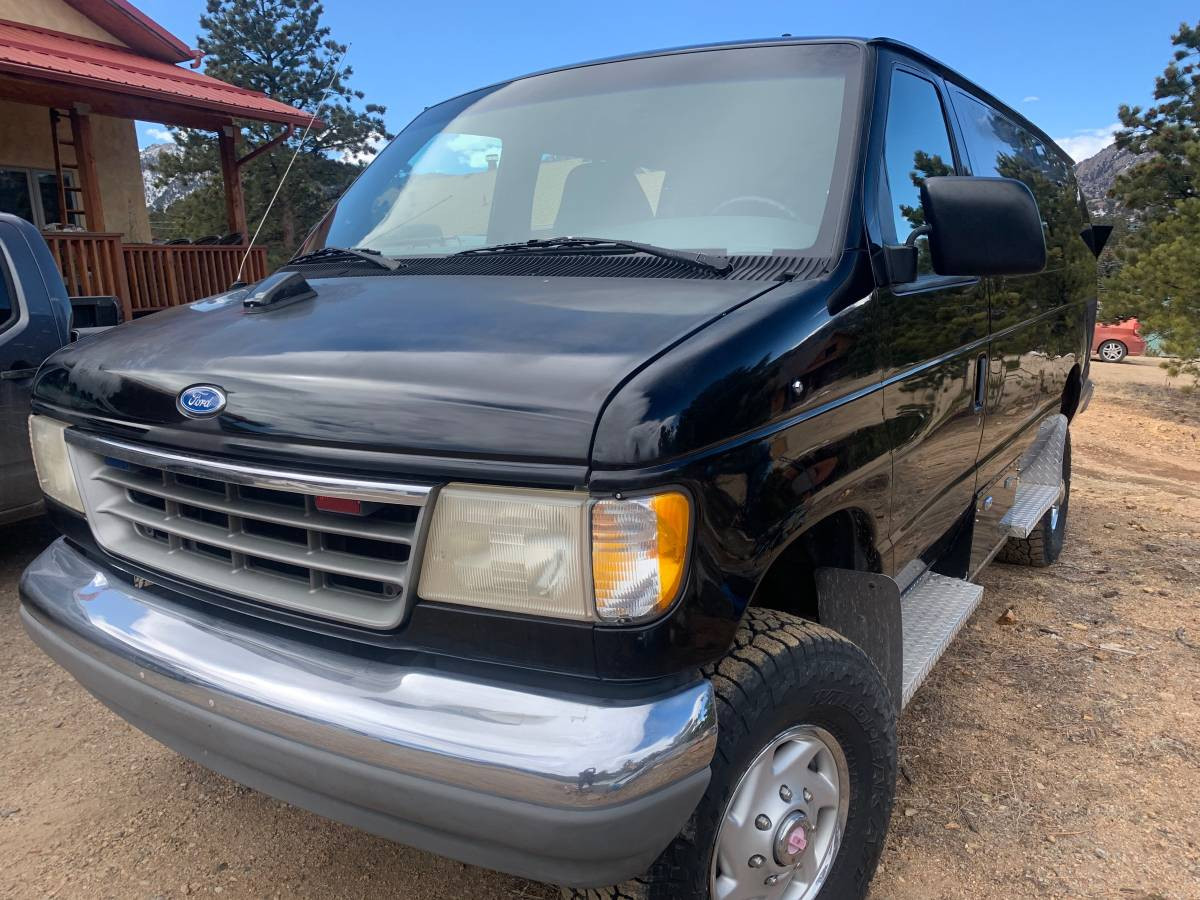
Here is how the seller describes the features of the vehicle, which they say “cost in excess of $100,000 to build”:
“’94 Ford E350, V8 460 7.5L, AC, low original miles on a government well maintained engine. It was often transported from location to location via plane, train or semi; hence, the low miles and minimal wear and tear. Runs great! Has power locks, power windows, practically new tires, rotating captain’s chairs, carpeted panels line the interior (easy to remove for access to wiring), vented compartment for camping toilet (used to house a secondary AC unit), new custom molded carpet ready to install in front driver/passenger area and tow hitch. No cancer rust.”
“Special extras: Generator under the hood, bank of 4 power storage batteries in outside compartment (behind the drivers door), additional 7000 kw generator in sealed compartment in the back, industrial plugs for power in and out of the vehicle, numerous power inverters and distributors, drum brakes, heavy duty anti-sway chassis, unique diamond plate running boards (for the Secret Service to ride on).”
“Vehicle was decommissioned, save for a few lights and sirens. Satellite hook up remains as well as control panel of switches and monitors for the power and antennas. Included is the largest antenna that mounts on the brace on the back driver’s side.”
The White House Communications Agency, which is a U.S. military unit within the White House, and U.S. Secret Service first began fielding mobile command posts to support the President back in the 1970s. However, these were limited in a number and many were primarily intended to provide additional communications support during overseas trips rather than provided dedicated support to motorcades. Many of the vehicles were leased or rented, as well.
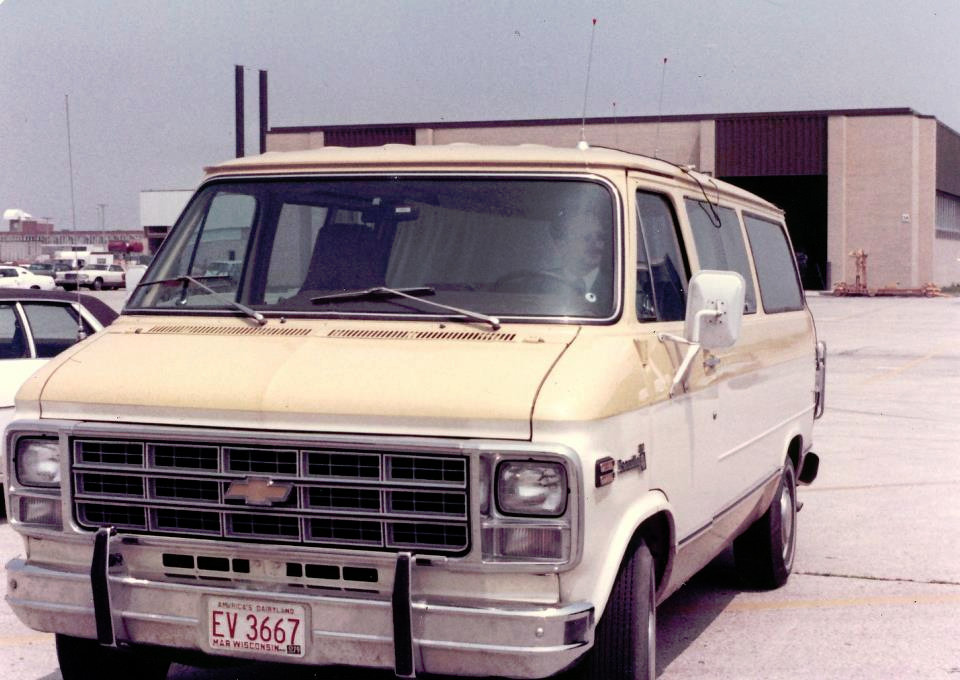
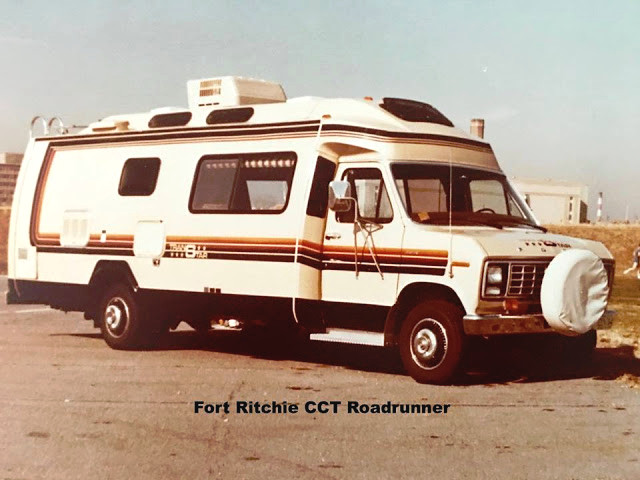
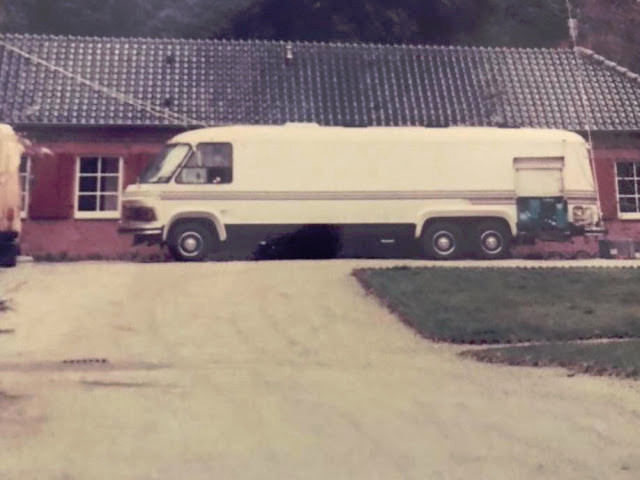
The White House Communications Agency and the U.S. Secret Service only introduced dedicated, permanent Roadrunners in 1986. The first of these were based on 4×4, four-door Chevy Suburban sport utility vehicles, a make and model that continued to be the basis for most these vehicles until just two years ago.
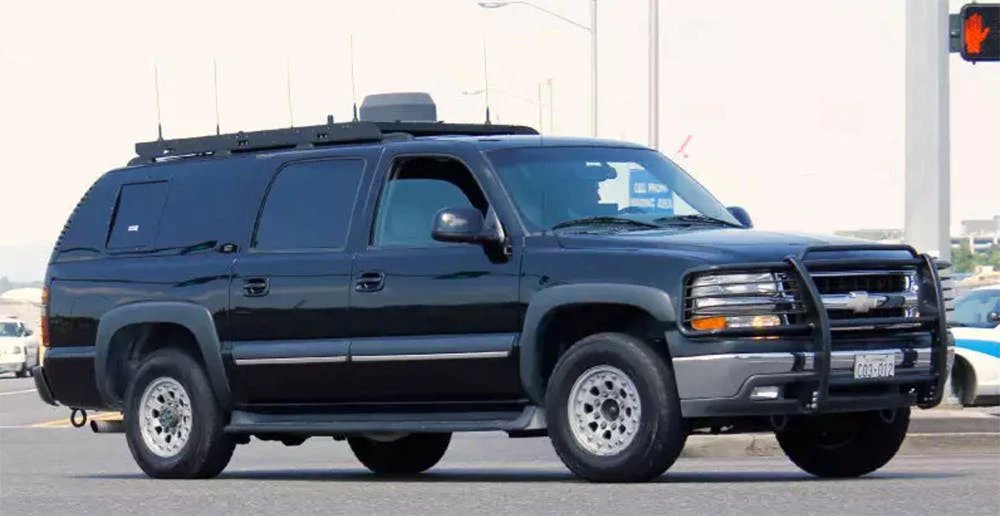
A new 4×4, six-door design based on the Ford F350 Super Duty emerged at that time, something The War Zone was among the first to report on, and these trucks have seen increasingly regular use since then. The White House Communications Agency has retired at least some of the older Suburbans-based vehicles, transferring six of them to the U.S. military’s Special Operations Command North (SOCNORTH) to support crisis response operations.
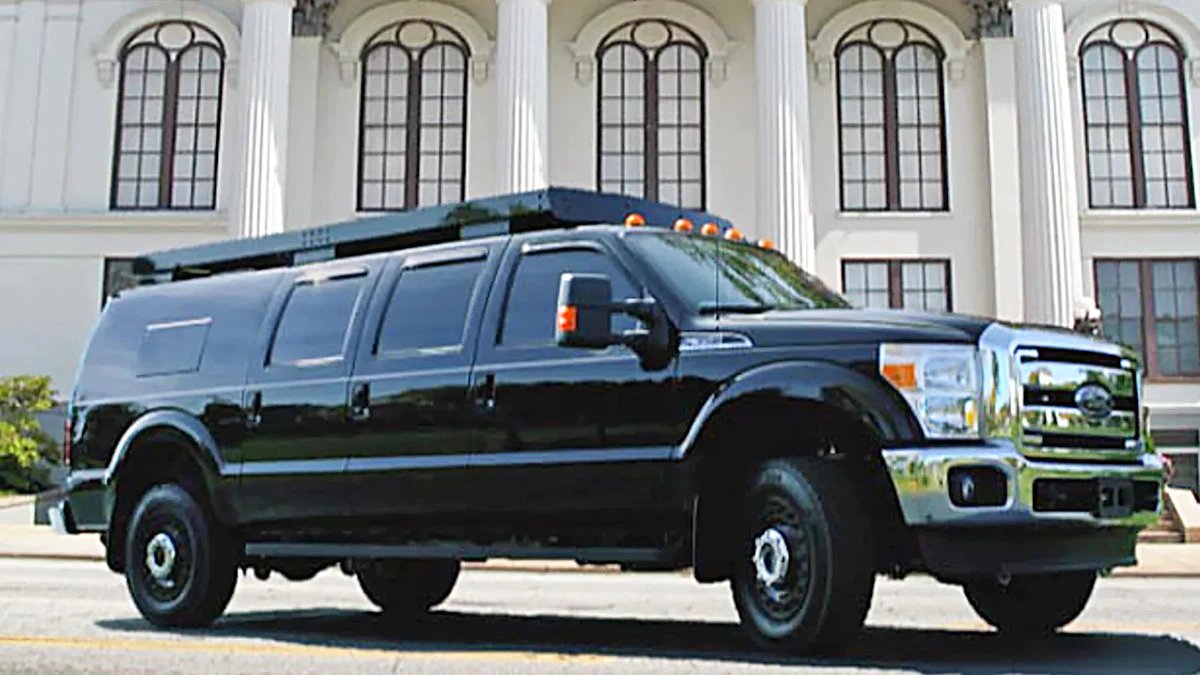
While there is significant information publicly available about the Suburban-based designs, and a number of details have already emerged about the new modified Ford Super Dutys, the history of the E350 Roadrunners is much more obscure. The White House Communications Agency got the first examples in 1992.
The data plate for the one on sale in Colorado says that Wolf Coach of Auburn, Massachusetts completed the base conversion of this van in 1994. Wolf Coach is now a subsidiary of L3Harris and still specializes in building custom mobile communications vehicles.
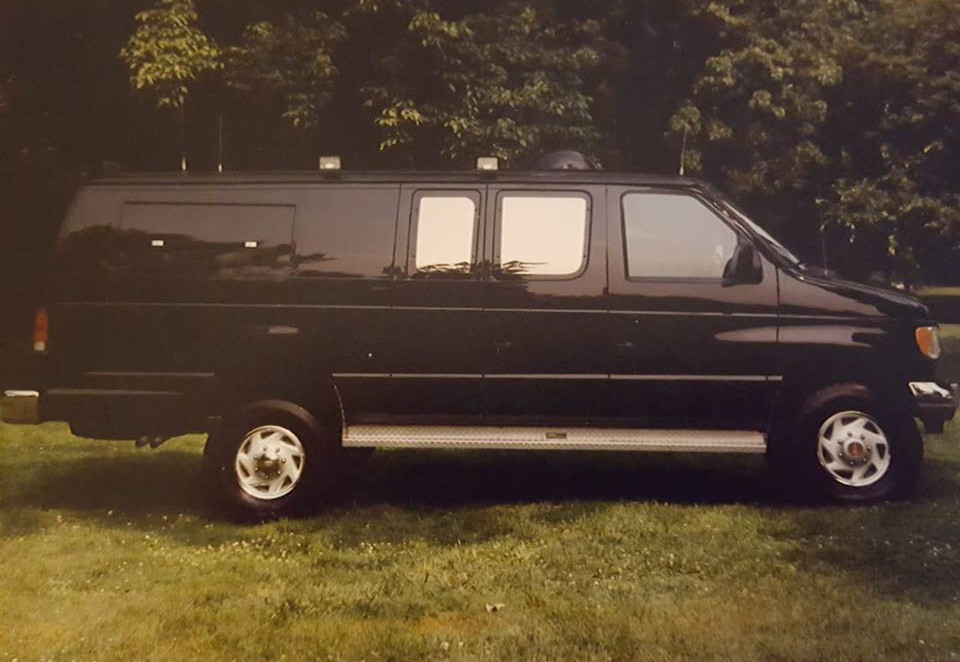
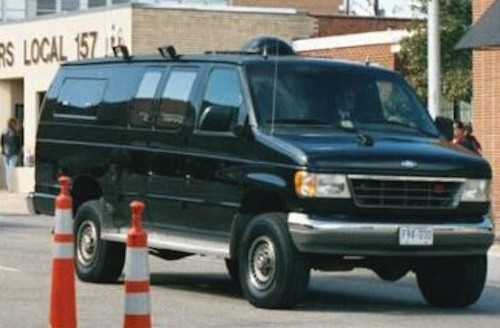
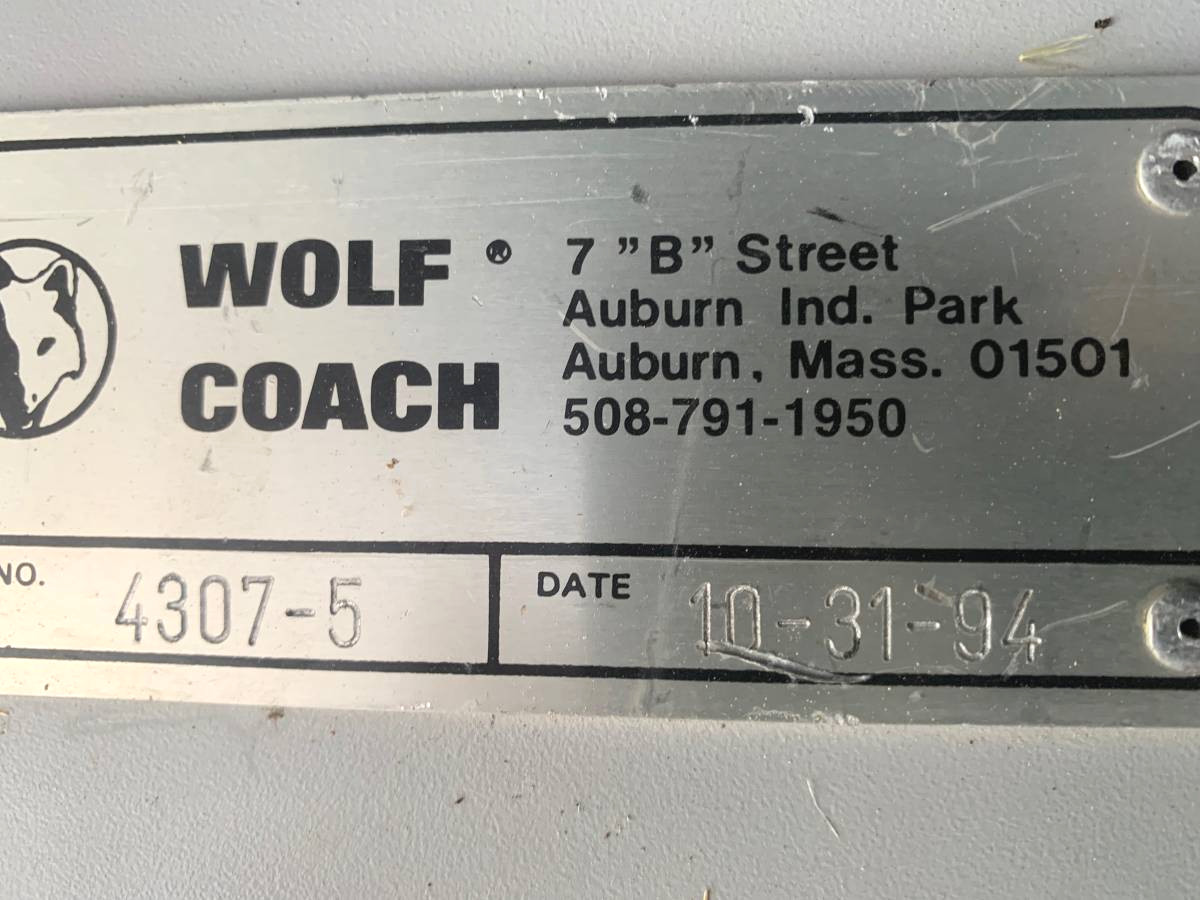
As the Craigslist seller says, these E350s were extended cab models with V8 engines and various interior modifications. The White House Communications Agency’s own internal shops were responsible for completing the conversion and installing all of the equipment.
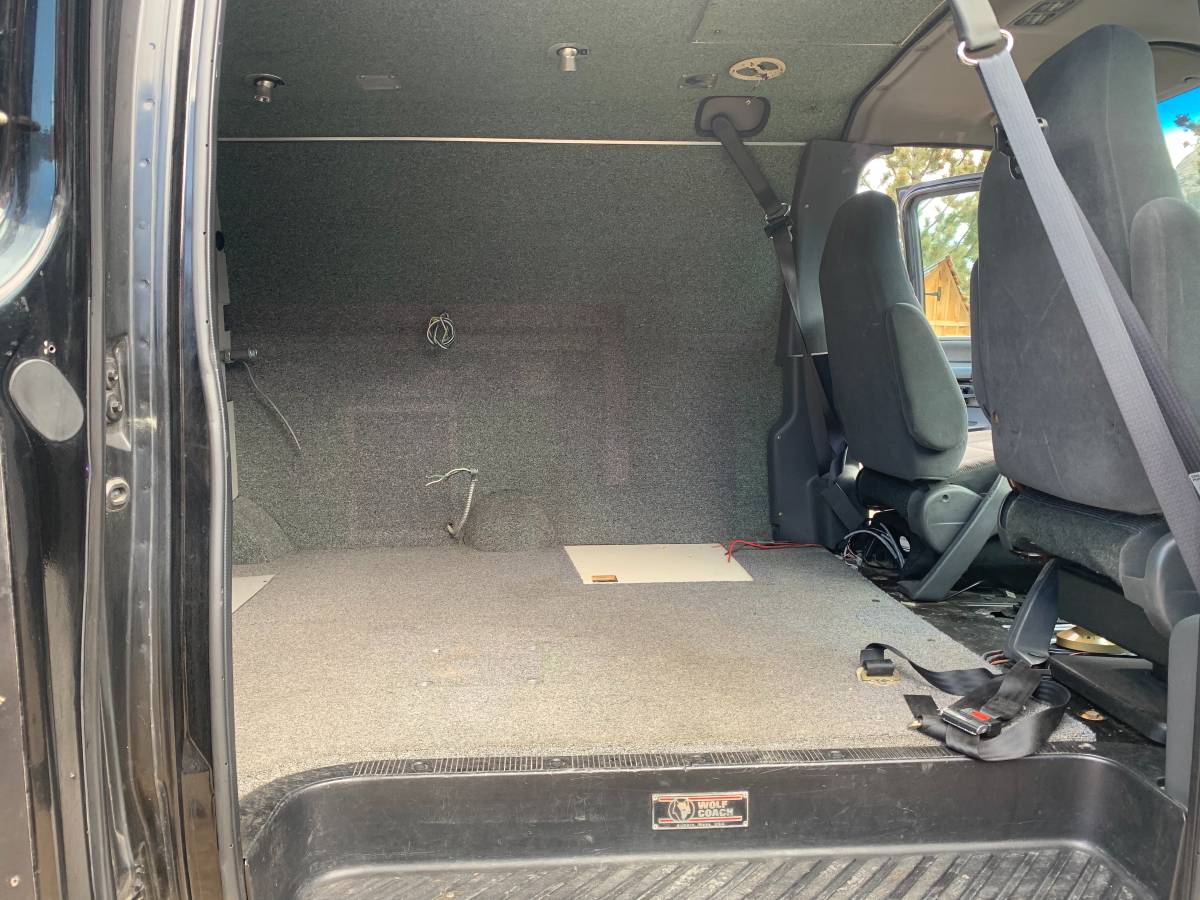
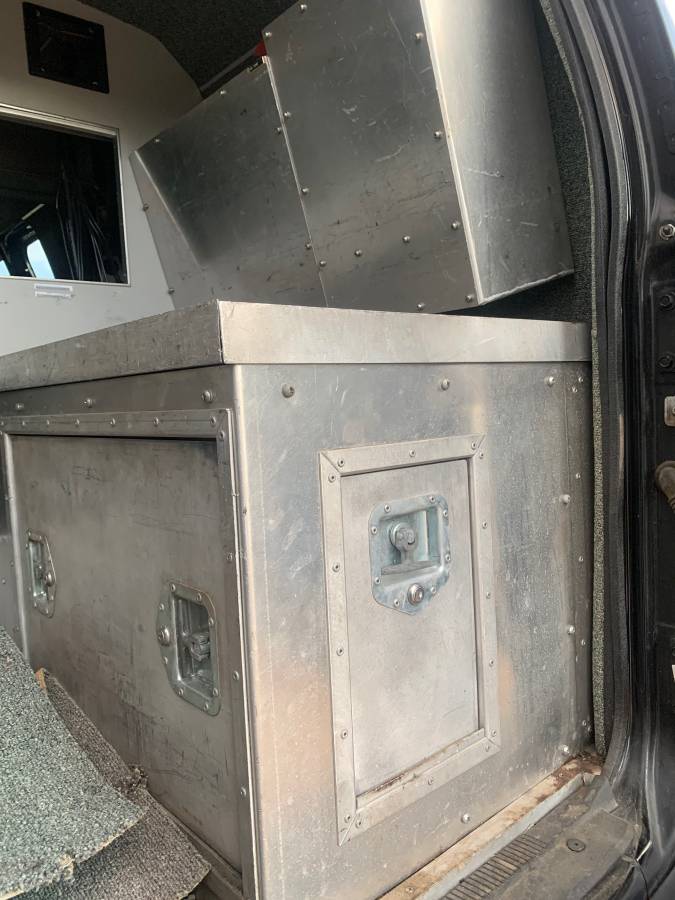
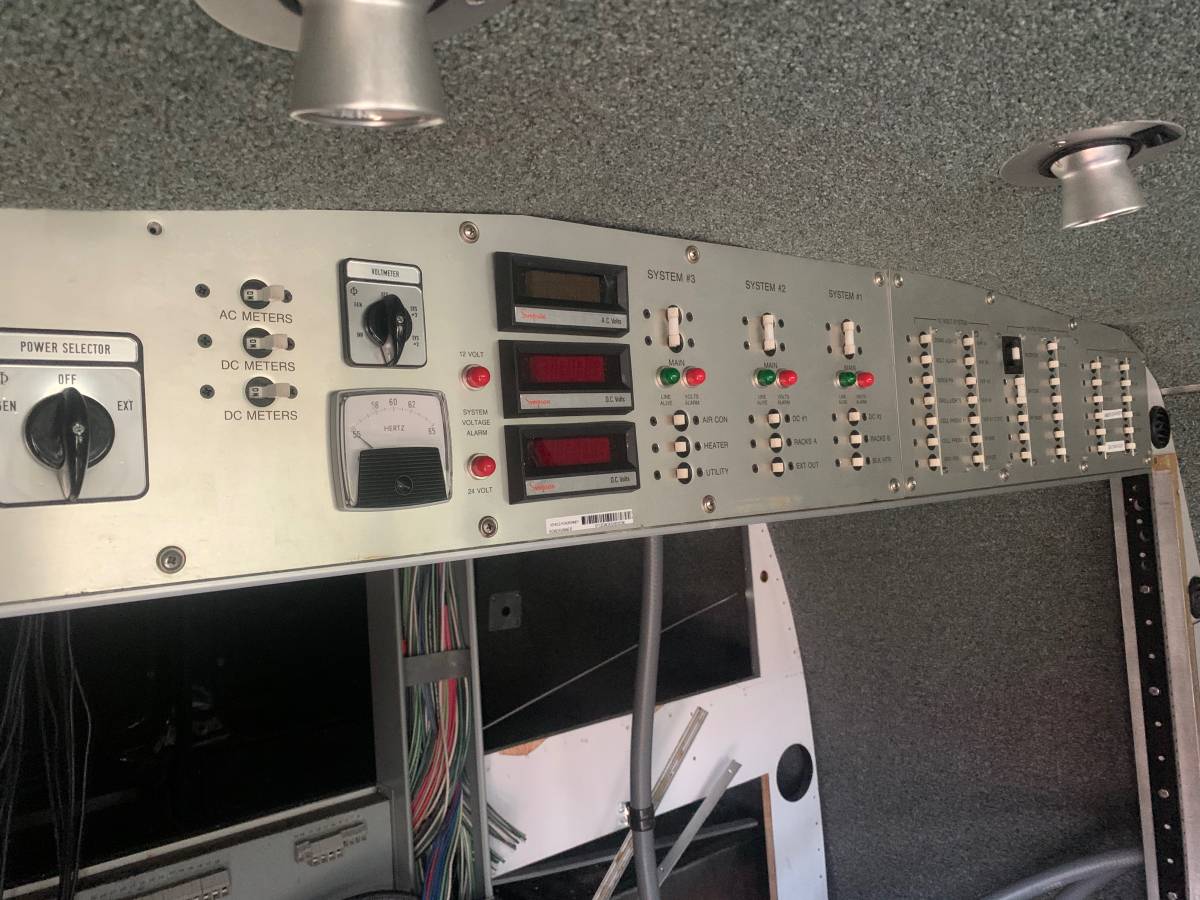
Though the Cragistlist post only mentions one generator, an Onan Marquis 7000, under the hood, the original design is said to have had two generators under the hood, as well as a third in the rear, all running off the van’s main fuel tank. This was all in addition to the four batteries in an external compartment behind the driver’s door, which are also apparently still there on the vehicle for sale in Colorado.
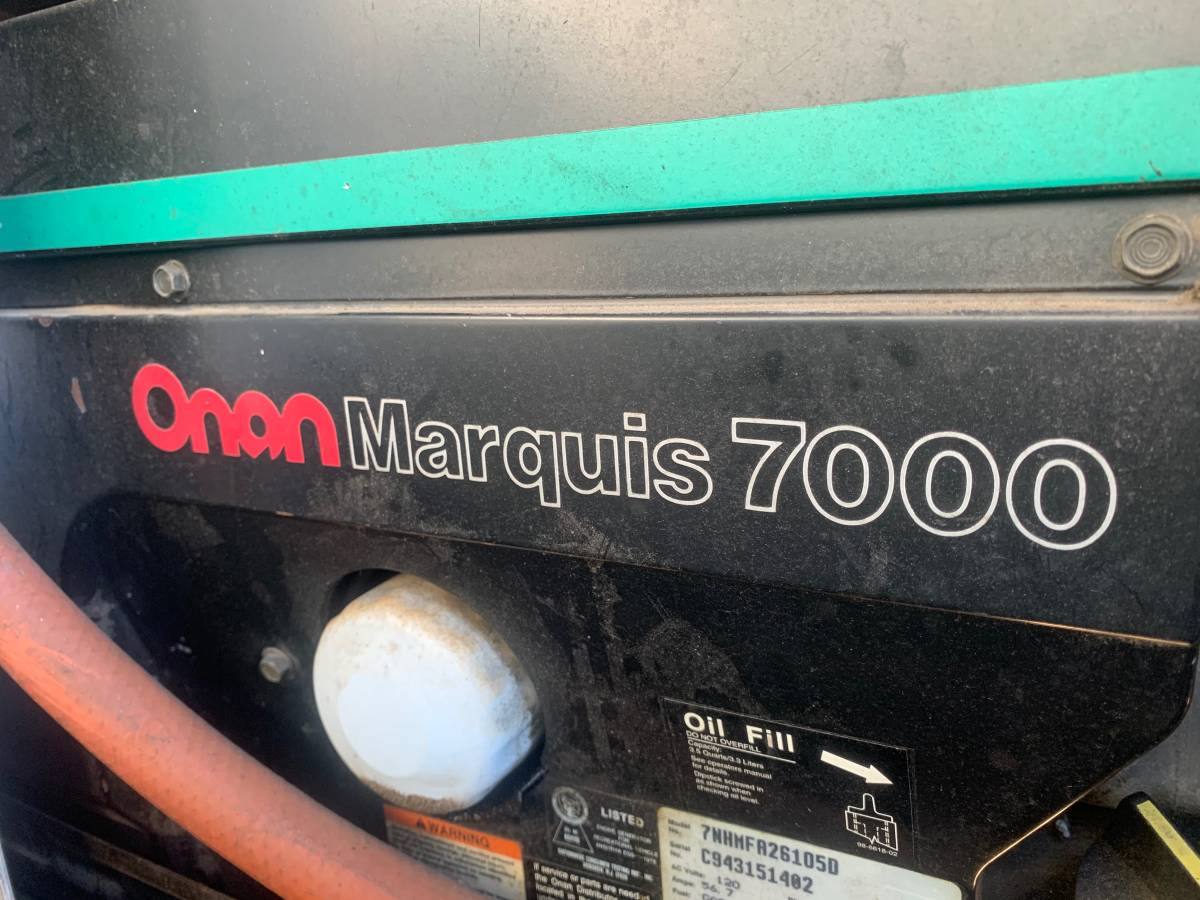
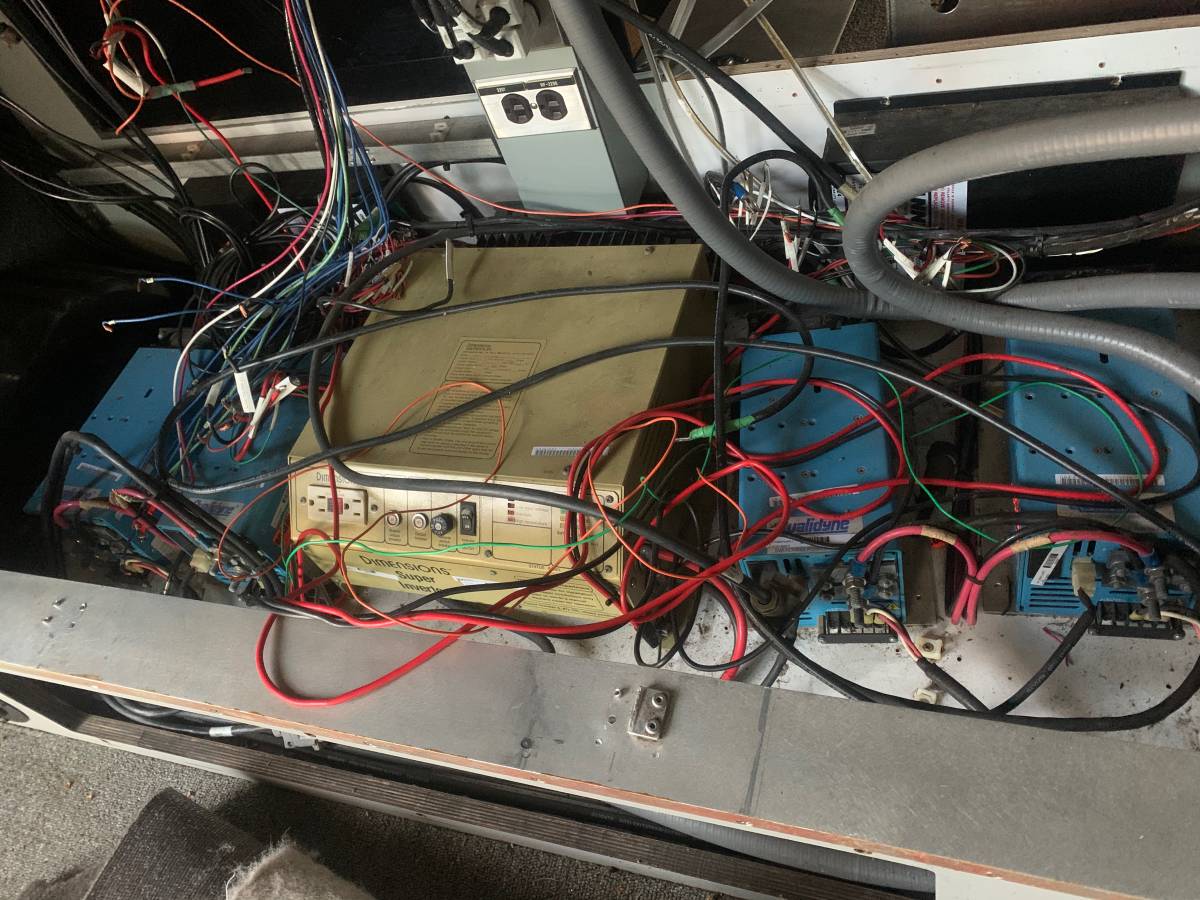
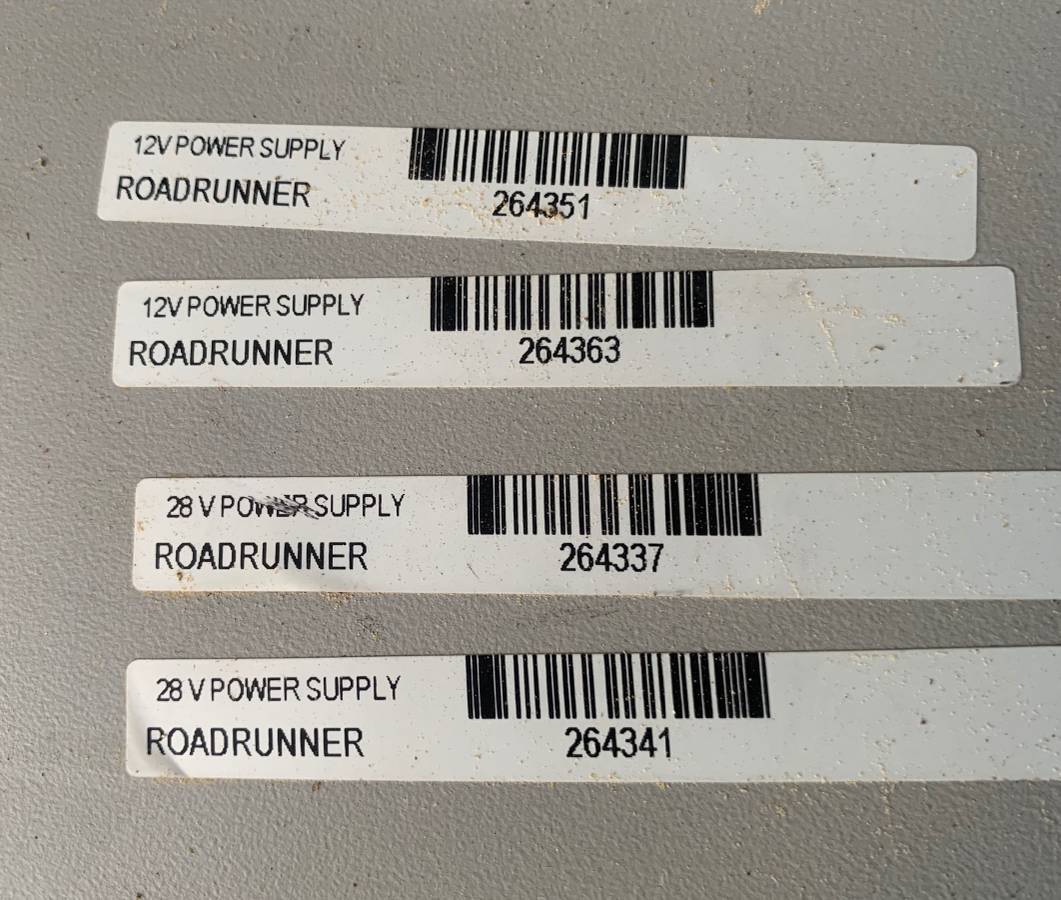

All of this power was necessary to run an array of FM radios and satellite communications systems. During their service with the White House Communications Agency, these E350s had a satellite communications antenna dome and a number of whip antennas on top.
External antenna connections, phone and computer cable jacks, and power outlets behind a panel on the right rear side of the van enable it to serve as a semi-fixed command post, if required. Work lights mounted on the right side of the roof and at the rear of the vehicle would have helped with operations at night at more austere locations without other major light sources.

All of these on board capabilities supported the Roadrunner’s core function of making sure that the President of the United States would be in constant contact with the rest of the U.S. government, especially the National Command Authority, in case of the need to order a nuclear strike.
It’s not clear when the White House Communications Agency retired these vans or what happened to the rest of the fleet. Pictures show at least one of them still in service in 2004. At least one of them has now clearly been de-modified and stripped of any useful or sensitive equipment and sold off.
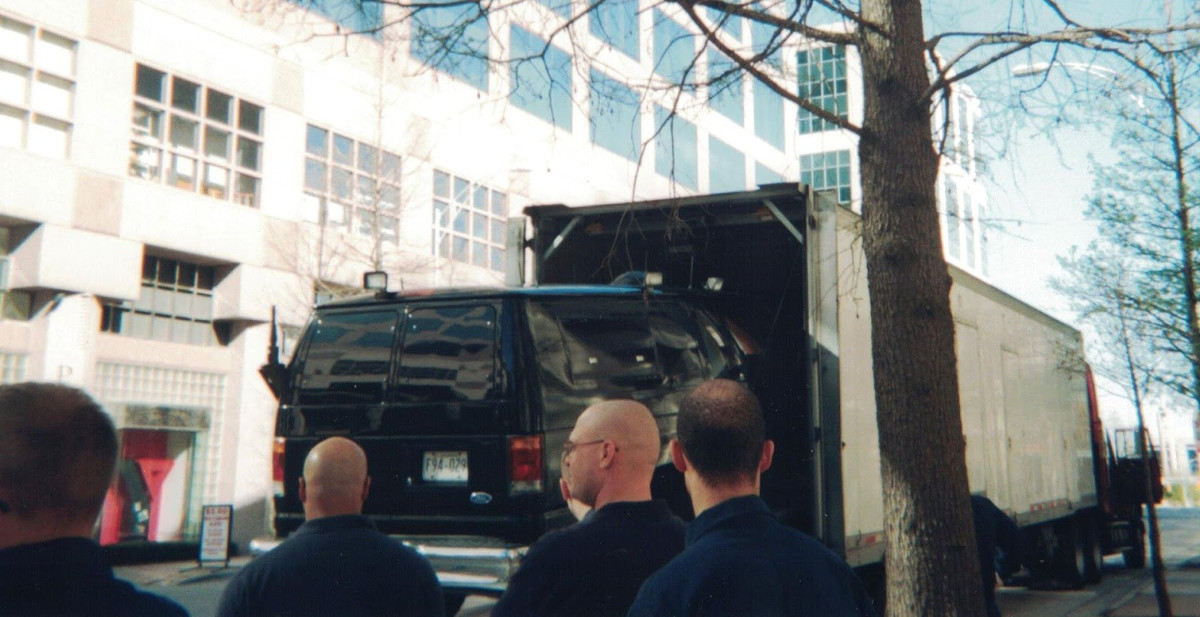
Whatever the case, the next owner of this van will be on possession of an interesting piece of history and a vehicle that can generate a ton of juice while on the move or while parked. You just have to make your way to Estes Park with the right amount of cash to make your mobile command center dreams come true.
Contact the author: joe@thedrive.com
